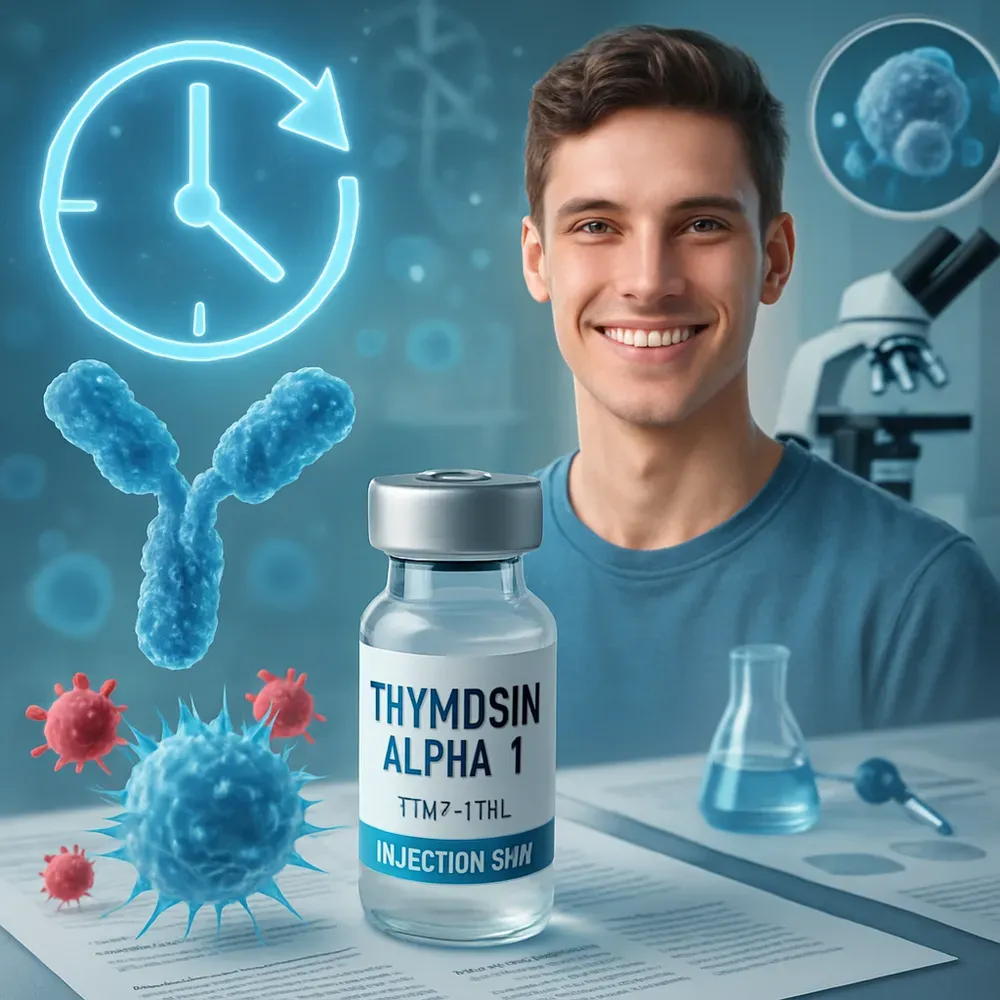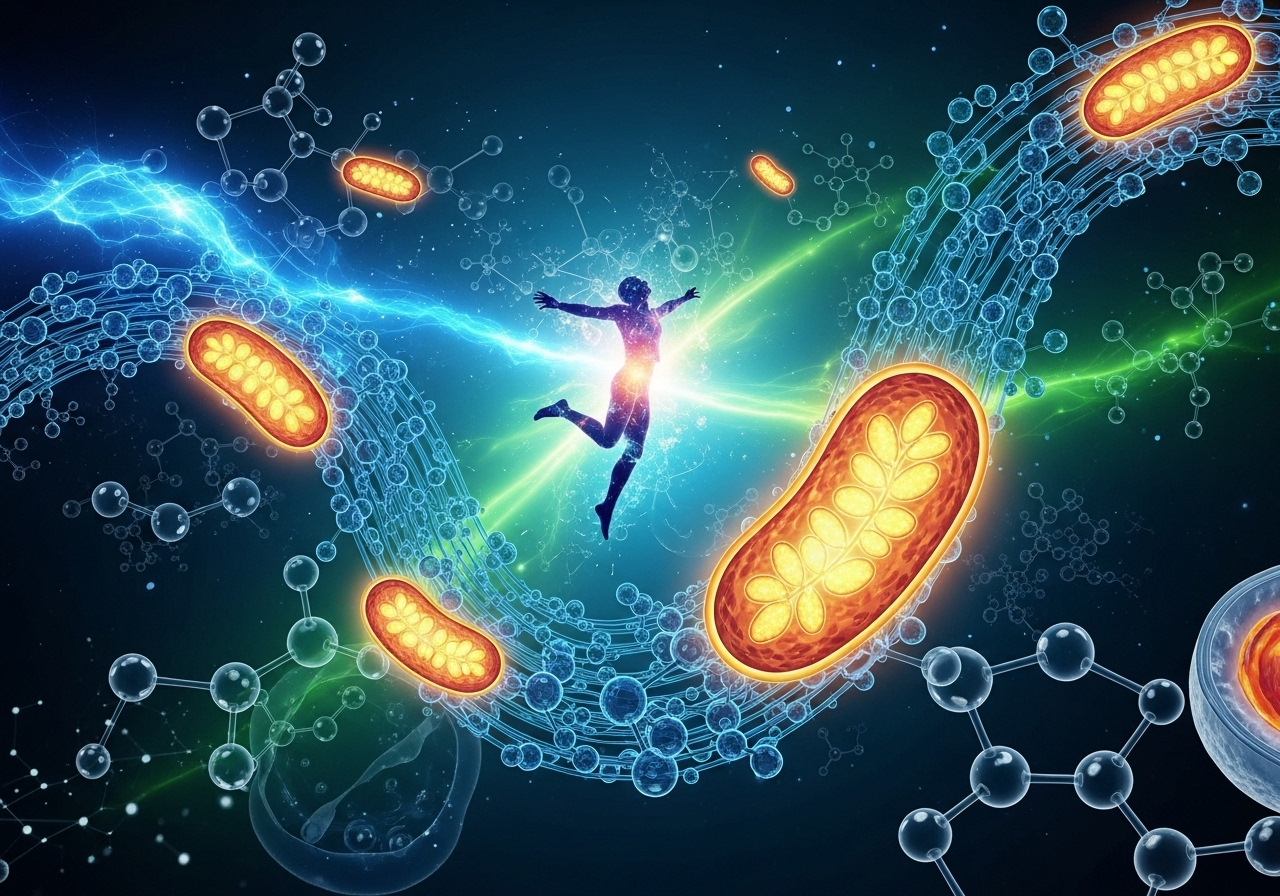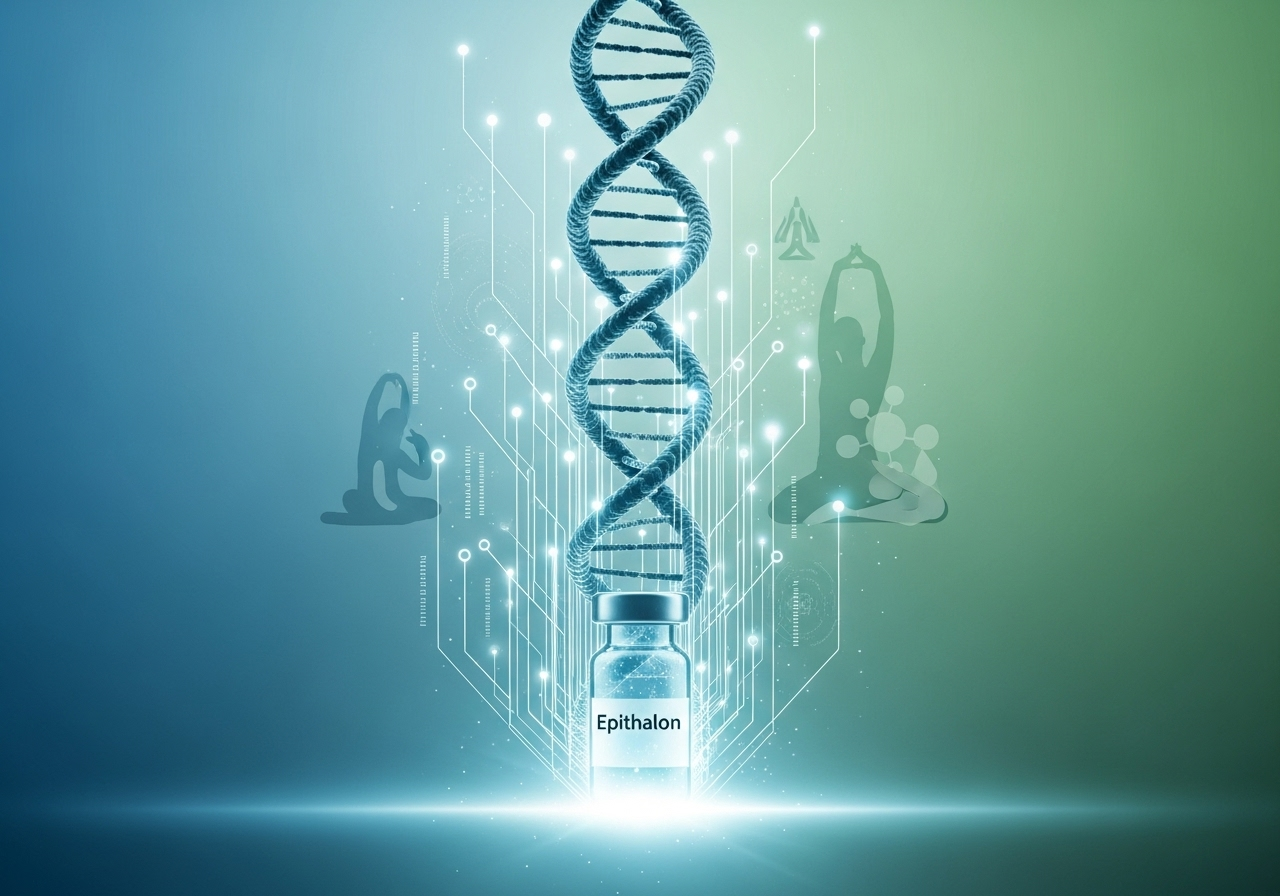Ozempic Mania: Why GLP‑1 Drugs Are Selling Faster Than Smartphones
A Biohacker's Guide to the Most Disruptive Health Technology Since Smartphones

The numbers don't lie: while smartphone shipments crawled at a measly 0.4% growth in Q1 2025, GLP-1 drugs like Ozempic and Wegovy are experiencing a rocket-ship trajectory that would make any tech startup jealous. Monthly prescriptions for semaglutide exploded from 0.7 million in June 2021 to 2.6 million by February 2024—a staggering 270% increase. Meanwhile, #Ozempic has racked up over 2 billion views on TikTok, turning a diabetes medication into a cultural phenomenon.
For biohackers, this represents more than just another pharmaceutical success story. It's a paradigm shift in how we approach metabolic optimization, appetite regulation, and long-term health outcomes. Let's dive into why GLP-1 agonists are becoming the ultimate biohacking tool and what this means for the future of human enhancement.
Understanding GLP-1: The Hormone That Changed Everything
GLP-1 (glucagon-like peptide-1) agonists work by mimicking a naturally occurring gut hormone that orchestrates three critical metabolic functions:
- Insulin optimization: Boosts insulin production when blood sugar rises
- Gastric regulation: Slows stomach emptying for enhanced satiety
- Appetite suppression: Directly targets hunger signals in the brain
The current heavy hitters in this space include Ozempic and Wegovy (both semaglutide), plus Mounjaro and Zepbound (tirzepatide). What started as diabetes management has evolved into a comprehensive approach to metabolic health, with Wegovy gaining FDA approval for weight loss in 2021 and Zepbound following in November 2024.
The Biohacker's Perspective: Why This Matters
Beyond Weight Loss: Systemic Optimization
Traditional biohackers have long pursued metabolic flexibility through intermittent fasting, ketogenic diets, and supplement stacks. GLP-1 agonists offer a pharmaceutical shortcut to many of these same benefits:
- Effortless calorie restriction: Users report natural appetite suppression without the mental fatigue of willpower-based dieting
- Improved insulin sensitivity: Better glucose control and reduced metabolic syndrome risk
- Enhanced satiety signaling: Restoration of natural hunger/fullness cues that modern processed foods often disrupt
The Convenience Factor
The rise of telehealth platforms has democratized access to GLP-1 therapy. Five-minute online consultations and next-day shipping have removed traditional healthcare friction, aligning perfectly with the biohacker ethos of taking control of one's health journey.
Market Dynamics: Winners and Losers in the New Landscape
The Winners
Pharmaceutical Giants: Novo Nordisk's market cap has surged from $200 billion to $620 billion by May 2025, while Eli Lilly enjoys similar triple-digit revenue growth.
Telehealth Platforms: Subscription-based GLP-1 programs charging $99-$129 monthly service fees are proliferating, offering convenient access to these medications.
Compounding Pharmacies: During shortage periods, these facilities captured significant cash-pay demand for custom formulations.
The Disrupted
Bariatric Surgery Centers: Referrals dropped 20% in 2024 as patients chose pharmaceutical over surgical interventions.
Calorie-Tracking Apps: User engagement declined as GLP-1 users required less manual dietary monitoring.
Insurance Companies: Annual drug costs of $12,000-$16,000 per patient are straining benefit budgets.
The Dark Side: What Biohackers Need to Know
Physiological Considerations
While GLP-1 agonists offer remarkable benefits, they're not without risks:
GI side effects: Nausea and slowed gastric emptying affect many users
Lean mass loss: Without adequate protein intake and resistance training, users may lose muscle alongside fat
Rare complications: Pancreatitis and other serious adverse events, though uncommon, require monitoring
The Rebound Effect
Perhaps most concerning for long-term optimization: weight rebound can exceed 70% of lost mass if therapy stops. This suggests GLP-1 therapy may need to be indefinite for sustained benefits—a significant consideration for biohackers planning their health journey.
Access and Equity
The stark pricing disparity ($1,000/month in the U.S. vs. $59 in Germany) highlights how economic factors can limit access to these powerful tools. Medicare's inclusion of these drugs in 2027 price negotiations signals potential future accessibility improvements.
The Pipeline: Next-Generation Metabolic Hacking
The future of GLP-1 therapy looks even more promising for biohackers:
Dual and Triple Agonists
Tirzepatide (Zepbound): Already FDA-approved, this dual GIP/GLP-1 agonist delivers up to 22.5% mean weight loss.
Retatrutide: Currently in Phase III trials, this triple agonist (GIP/GLP-1/Glucagon) achieved 24% mean weight loss at 48 weeks—results that approach surgical interventions.
Oral Formulations
Orforglipron and Danuglipron: Both entering Phase III trials in 2025, these oral options could unlock tens of millions more users who prefer pills over injections.
Extended-Release Options
Ecnoglutide: Monthly dosing under investigation could further improve convenience and adherence.
Practical Implications for Biohackers
Integration Strategies
For biohackers considering GLP-1 therapy:
- Protein prioritization: Maintain adequate protein intake (1.6-2.2g/kg body weight) to preserve lean mass
- Resistance training: Continue strength training to combat potential muscle loss
- Micronutrient monitoring: Reduced food intake may require targeted supplementation
- Gradual implementation: Start with lower doses to minimize side effects
Monitoring and Optimization
- Body composition tracking: Use DEXA scans or bioelectrical impedance to monitor lean mass
- Metabolic markers: Regular glucose, HbA1c, and lipid panels to assess metabolic improvements
- Subjective measures: Track energy levels, mood, and cognitive function
The Future of Human Enhancement
GLP-1 agonists represent an inflection point in human optimization technology. For the first time, we have pharmaceutical tools that can reliably induce the metabolic benefits biohackers have long pursued through lifestyle interventions alone.
This doesn't mean abandoning traditional biohacking approaches. Rather, it suggests a future where pharmaceutical and lifestyle interventions work synergistically to achieve previously impossible levels of metabolic optimization.
Key Takeaways for the Biohacking Community
- Paradigm shift: GLP-1 agonists offer pharmaceutical-grade metabolic optimization previously available only through intensive lifestyle modification
- Access revolution: Telehealth platforms are democratizing access to these powerful tools
- Long-term commitment: Current evidence suggests indefinite therapy may be necessary for sustained benefits
- Integration opportunity: These drugs work best when combined with traditional biohacking approaches like proper nutrition and exercise
- Pipeline promise: Next-generation formulations will likely offer even better efficacy and convenience
As we move into 2026, watch for developments in supply chain capacity, insurance coverage, and long-term safety data. The GLP-1 revolution is just beginning, and its implications for human enhancement are profound.
The question isn't whether pharmaceutical tools will become part of the biohacker's toolkit—it's how quickly we can learn to use them safely and effectively in pursuit of optimal human performance.
Stay tuned to Insights to Project Biohacking and join the Project Biohacking Newsletter for more deep dives into cutting-edge health technologies and practical optimization strategies. The future of human enhancement is here, and it's more accessible than ever.










